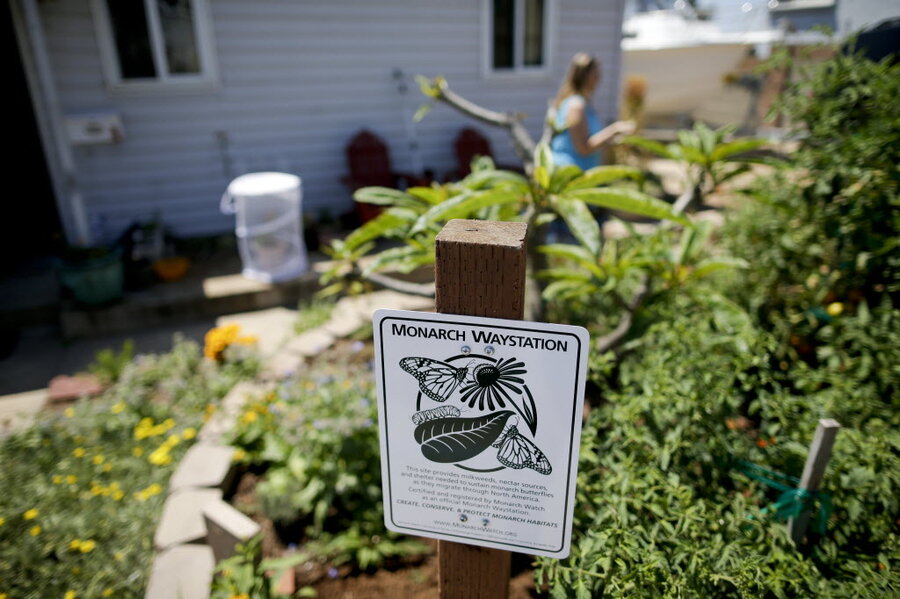California’s useful model in water thrift
Loading...
Negotiations to hammer out a global climate accord by a Dec. 11 deadline are faltering. The main reason? The idea of shared sacrifice for an urgent environmental goal is still relatively new in human history. Nations need good models on how to achieve collective action, and not simply to lower carbon emissions. The best models may lie elsewhere – in water conservation – as more nations now deal with extreme droughts.
A few countries stand out. Israel, Australia, and Ethiopia, for example, have made advances in altering the way people think about water (as a renewable rather than a scarcity). Now add California. As it enters its fifth year of a record drought, it has made unexpected progress in winning over most of its 37 million people to better capture, save, and transport water.
This year, urban Californians have cut back water consumption by roughly a third, more than was mandated by Gov. Jerry Brown April 1. Penalties have helped. So has exposing the names of excessive water users. But government officials have also been creative. In a few places, the worst offenders are required to attend “water school” and learn how to be efficient in consumption. San Francisco now mandates new buildings of a certain size to recycle their water. Santa Cruz hands out five-minute shower timers and pays homeowners not to grow grass. San Diego plans the largest desalinization plant in the Western Hemisphere.
Today, southern California uses less water than it did 25 years ago but it has 15 million more residents. And according to a July poll, voters see coping with the drought as their top public concern.
As the state awaits its winter rains (and hopefully deep snowpacks in the Sierra Nevada), officials hope to build on this progress even further and not let this popular momentum slip away. New methods are needed to retain rainfall and to enforce rules on farm use of groundwater. Special attention is needed in remote areas. “The greatest vulnerabilities are in some low-income rural communities where wells are running dry and in California’s wetlands, rivers, and forests, where the state’s iconic biodiversity is under extreme threat,” states a Public Policy Institute of California report.
With one of the world’s biggest economies, California has implemented high standards both for water as well as energy efficiency and alternative energy. As delegates to the climate-change talks race toward an agreement in Paris in December, they need to look at worthy examples of joint efforts to solve environmental problems. Models of shared sacrifice – and triumph – can help spur breakthroughs in the negotiations.





